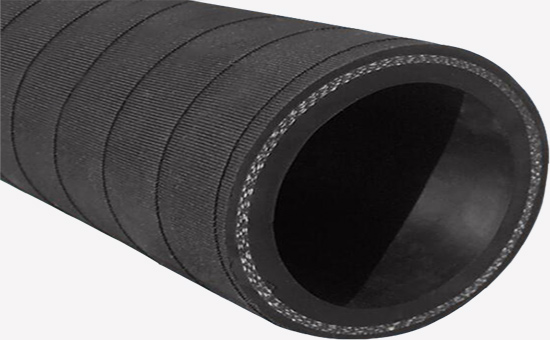
Recycled rubber, as a new type of raw material for reducing costs in the rubber product industry, can not only reduce raw material costs but also improve the process performance of rubber materials. When using recycled rubber to produce rubber products, selecting appropriate mechanical property modification additives can further improve the mechanical properties of recycled rubber, including tear strength, hardness, impact strength, tensile strength, elongation at break, etc., improve the comprehensive performance of recycled rubber products, and expand the range of use of recycled rubber.
1. Regenerated rubber vulcanization system additives
Rubber vulcanization is the process of linearly cross-linking rubber molecules into a network structure. After vulcanization, the mechanical strength, hardness, elasticity, and aging resistance of the rubber will be significantly improved. Therefore, vulcanization system additives are important additives for improving the mechanical properties of rubber materials, mainly including vulcanizing agents, vulcanization accelerators, anti coking agents, etc.
Vulcanizing agents commonly used for reclaimed rubber products include sulfur, organic peroxide, organic polysulfide compound, p-quinone dioxime and its derivatives, alkyl phenolic resin, metal oxide, etc. Rubber vulcanization accelerators 2SLYY55 mainly include thiazoles, sulfonamides, thiurams, dithiocarbamates, xanthates, thiourea, guanidine, and amine accelerators, with thiazole and sulfonamide accelerators being more common.
Vulcanizing agents can increase the activity of accelerators, achieve the goal of reducing the dosage of accelerators and shortening the curing time. The commonly used curing agents for recycled rubber products are zinc oxide and stearic acid. In addition, the reasonable use of anti coking agent in the production of recycled rubber products can effectively prevent or delay the early vulcanization of rubber compounds in the process of processing or storage and transportation before vulcanization, such as nitroso compounds, organic acids and their anhydrides and thio imide.
2. Regenerated rubber reinforcement filling system additives
When using recycled rubber to produce rubber products, the reasonable use of reinforcing and filling agents can effectively adjust the mechanical strength of recycled rubber products. Common fillers include carbon black and white carbon black, commonly used fillers include calcium carbonate, talc powder, clay, mica powder, silica, calcium sulfate, fly ash, red mud, wood powder and cellulose, and commonly used reinforcing materials include glass fiber, carbon fiber, metal materials, etc.
When inorganic materials are used in recycled rubber products, direct coordination with organic polymers often leads to a decrease in processing and application performance. Coupling agents can organicize the surface of inorganic materials through chemical or physical interactions, thereby increasing the coordination amount and improving the processing and application performance of complexes; The commonly used coupling agents in recycled rubber products include long carbon chain fatty acids, silane compounds, organic chromium compounds, titanate compounds, zirconate compounds, aluminate compounds, and anhydride grafted polyolefins.
3. Commonly used plastic modified materials for recycled rubber
Hardness is an important indicator to characterize the mechanical properties of rubber products. To improve the hardness of recycled rubber products, plastic materials can be used, such as chlorinated polyethylene, polypropylene, acrylic copolymer, etc.
What rubber additives will be used to improve the mechanical properties of recycled rubber products? The editor will continue to discuss relevant issues with you in the future.
Exclusive original article [commercial authorization] reprint, excerpt and excerpt in any form are prohibited without written authorization. Focus on Hongyun rubber: learn the process formula and raw material technology of producing rubber products from recycled rubber to help you reduce costs and increase profits